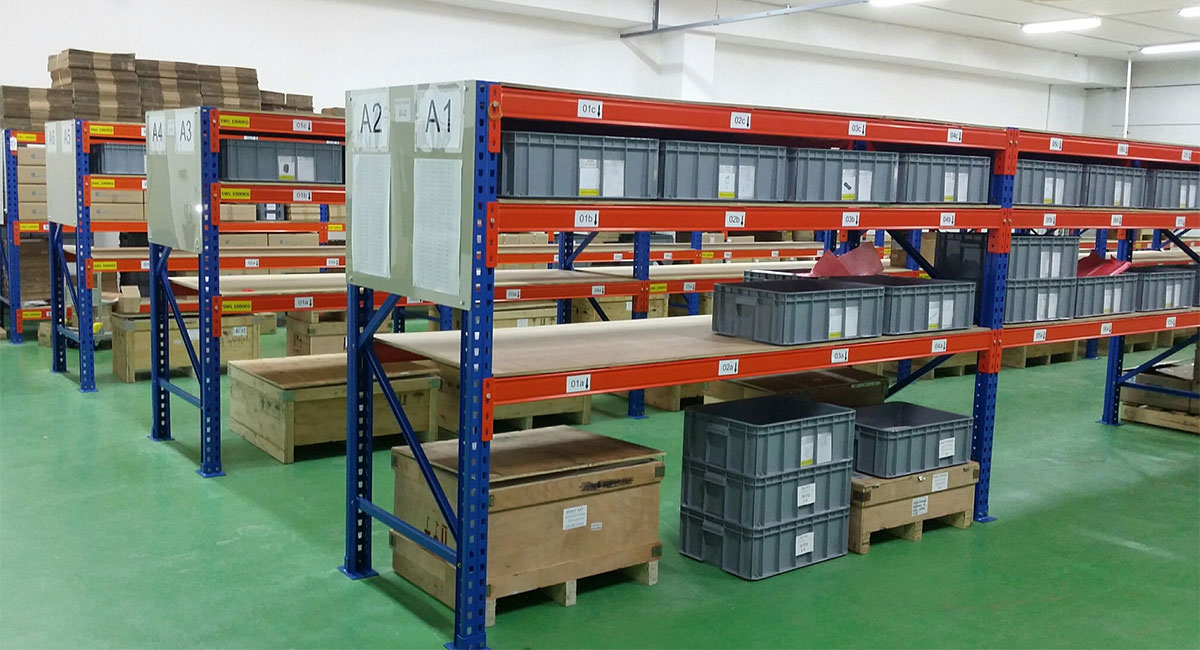Vendor-Managed Inventory (VMI)
What is VMI ?
Vendor Managed Inventory (VMI) is when suppliers manage their customer’s inventory. This occurs through physical counts or using data from their customers. Once inventory levels reach their reorder points, vendors will replenish their customers’ stock for them.
The primary goal of this is to cut down on costs and be more efficient. How does this happen ? Vendors can often manage inventory more effectively than their customers. This is because their focus is inventory goals. Vendors work to reduce obsolete inventory and stock outs.
VMI can mean smaller, more consistent orders that help hit inventory level targets. Since customers have other focuses besides inventory targets, errors, are more likely. In addition, customers may be receiving diverse orders and cannot manage inventory as efficiently as their vendors. VMI allows customers to focus on other metrics.

Top 3 Benefits of VMI for Customers
Reduced Inventory Overstocks & Stock Shortages
As mentioned, VMI can reduce overstocks and stock shortages. As a result, they are reducing the factors that cause uncertainty. Not having the right products in stock can be a big problem for customers. Moreover, this can be costly. Sales will be lost from stock shortages and overstocked items will have storage costs.
Increase Sales
VMI can increase sales by ensuring that products are always in stock and available. Product availability will boost the quality of customer service and efficient work. As a result, this means more returning customers and sales over time.
Less Responsibility
Typically, a vendor’s customers are distributors or retailers. They are often receiving from hundreds of different suppliers and many different locations. For this reason, it is hard to keep track of inventory moving in and out. This is where VMI comes in to defer responsibility. It lower costs , reduces admin work, and allows them to focus their efforts on other areas within their business.